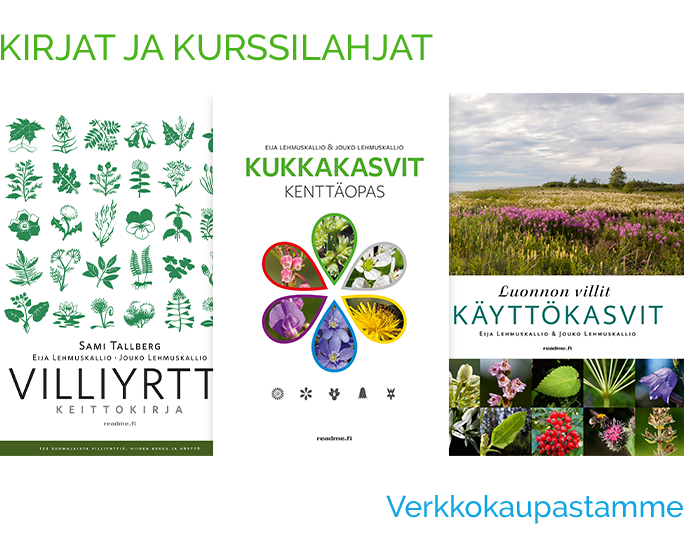Common Meadow-rue
Thalictrum flavumName also
Common meadow rue, Yellow meadow-rue
Growing form
Perennial herb. Long-rooted, with runners.
Height
40–100 cm (16–40 in.). Stem unbranched until flowering, grooved.
Flower
Regular (actinomorphic), yellow, approx. 1 cm (0.4 in.) wide. Petals lacking. Sepals 4–5, greenish white, falling early. Stamens many, filaments 3–5 mm (0.12–0.2 in.) long, yellow, anthers erect, clearly shorter than filaments. Gynoecium separate, pistils 6–9. Inflorescence quite short, dense, abundantly flowered (sometimes lax and sparsely flowered ), an almost leafless compound corymb, flowers fairly erect, fragrant.
Leaves
Alternate, stipulate, stalked, basal leaf stalks wide-based, with membranous edges, surrounding stem. Stem leaves 5–7. Blade ovate–triangular, longer than broad, 2–3 times pinnate. Leaflets sometimes stipulate. Secondary leaflets (narrowly) obovate, round-based, tip 3-lobed–blunt-toothed, edge recurved, underside greyish.
Fruit
With approx. 10 ridges, short-tipped, 3–4.5 mm (0.12–0.18 in.) long, stalkless achene.
Habitat
Waterside meadows, hedgerows, broad-leaved forests, field ditches and alder swamps, sometimes meadows.
Flowering time
June–August.
Many meadow-rues have compact habitats and they can be relatively demanding with regards to nutrition. Common meadow-rue is one of the tallest of Finland’s waterside herbs, and it has a relatively widespread habitat. Inland the species is quite rare or completely lacking over large areas, but on the other hand it grows here and there all over Finland with the exception of northernmost Lapland. Its favoured habitats are rich, damp coastal areas, damp meadows and hedgerows. Common meadow-rue spreads well along waterways by means of its floating achenes. It also propagates vegetatively: its strong rootstock and creeping horizontal runners help it form dense and sometimes wide stands.
Common meadow-rue is probably mainly wind-pollinated, even though its weakly fragrant flowers attract insects. The flower’s impressive and colourful parts are not petals but rather numerous stamens. The species has been significant as a medicinal plant in ancient times, and the root was used to produce a yellow dye.
Common meadow-rue’s light-coloured filaments and dense inflorescence are the best identification markers to differentiate it from small meadow-rue (T. simplex). It is however good to remember that meadow-rues are very variable and even the father of modern botany Carl von Linné regarded the members of the species as being among the most difficult to identify for this very reason.
Taxonomy


